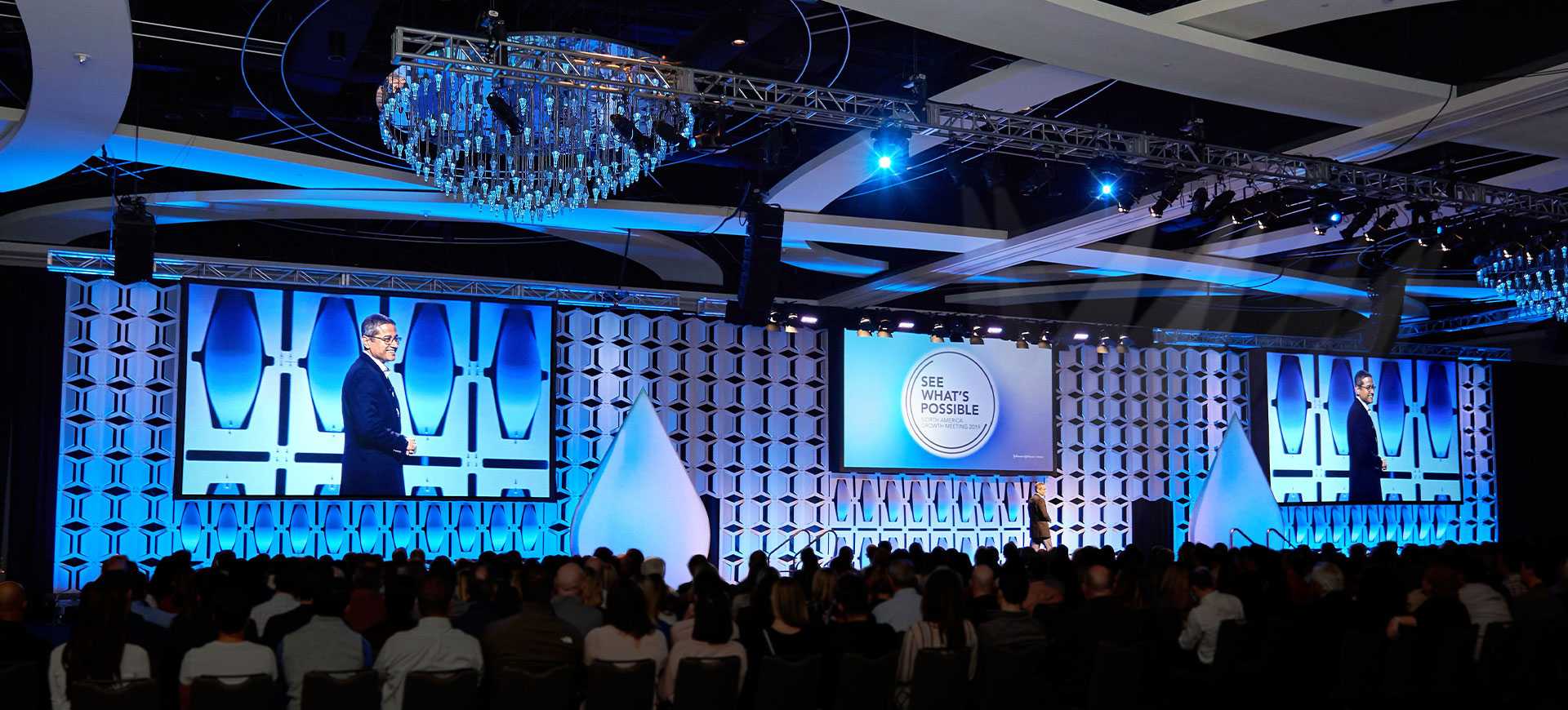Benefits of Light Emitting Diode Video Screens Compared to Conventional Projector Systems for Modern Graphic Displays
Benefits of Light Emitting Diode Video Screens Compared to Conventional Projector Systems for Modern Graphic Displays
Blog Article
LED display screens have grown increasingly favored in various environments, such as schools, businesses, and leisure locations. These advanced visual technologies offer several advantages over conventional projector systems. Understanding these advantages can help companies make informed choices about their display needs. This article will explore the main advantages of Light Emitting Diode display screens, including brightness, visual quality, flexibility, upkeep, and power efficiency.
One of the most important advantages of Light Emitting Diode video walls is their brightness. LED tech produces vibrant and radiant pictures that can be easily viewed in various lighting conditions. Unlike conventional projectors, which can struggle in well-lit settings, LED video screens maintain their sharpness and color accuracy even in well-lit rooms. This makes them ideal for external activities or locations with big windows. The elevated luminosity levels ensure that the content displayed is consistently visible, making it simpler for audiences to engage with the data being shown.
In addition to luminosity, LED display screens provide superior image clarity. They offer higher definition and improved color rendering compared to traditional projector technologies. This means that images and videos displayed on an Light Emitting Diode screen appear sharper and more detailed. The dot concentration of LED screens allows for near observation without losing sharpness, which is especially crucial in environments like exhibition shows or conferences where attendees may be nearby to the screen. Furthermore, LED technology can produce deeper blacks and more intense hues, enhancing the overall visual impression.
Versatility is another important advantage of LED display screens. These systems can be arranged in multiple sizes and forms to fit varied areas and design requirements. Unlike conventional projection systems, which require a particular spacing from the screen to function correctly, Light Emitting Diode display screens can be set up in a range of environments. They can be bent, tiled, or even used in creative layouts to create distinct visual exhibits. This adaptability allows organizations to customize their visual presentations to suit their particular needs, making LED video walls a flexible choice for any environment.
Upkeep is also a crucial factor when contrasting LED display screens to conventional projector technologies. LED displays generally require less maintenance over the years. Traditional projection systems often need bulb changes and routine maintenance to maintain peak functionality. In comparison, LED technology has a longer lifespan and does not require frequent replacements. This reduces inactivity and upkeep expenses, making Light Emitting Diode display screens a more economical option in the long run. Organizations can focus on their presentations rather than concerned about the maintenance of their visual technologies.
Lastly, energy efficiency is an important consideration for many organizations. LED video walls consume less power compared to traditional projection systems, which can lead to significant savings on power costs. This is particularly advantageous for companies and venues that operate displays for extended periods. Additionally, the lower energy usage of Light Emitting Diode tech contributes to a lowered ecological footprint, making it a more eco-friendly option. By choosing Light Emitting Diode video walls, organizations can benefit from high-quality display screens while also being considerate of their article source power consumption and environmental footprint.
In conclusion, LED video walls offer many benefits over conventional projector technologies. Their brightness, image quality, flexibility, low maintenance requirements, and power conservation make them an superior choice for modern visual displays. As innovation continues to progress, Light Emitting Diode display screens are likely to grow even more common in multiple environments, providing companies with the resources they require to effectively communicate and engage with their audiences.